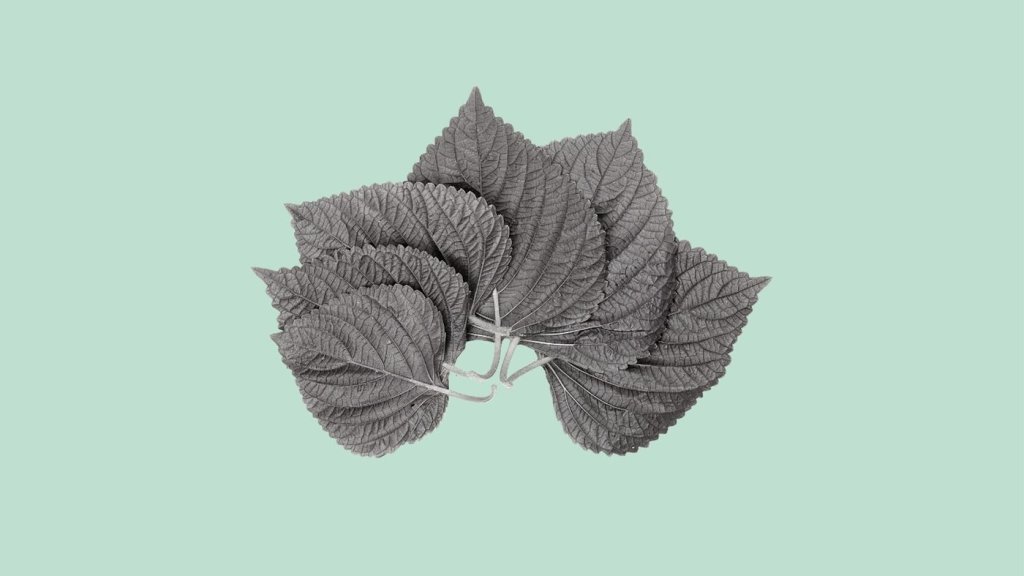Purple perilla is an annual herb with a distinctive aroma and taste that has been grown in Asia for centuries. Purple perilla is the purple-leafed variety of the more familiar green perilla, known in Japanese as shiso. Its purple leaves and essential oil are often used to flavor soups, stews, and roasts.
While purple perilla is commonly cultivated as a culinary herb and can be found in gardens, it is not typically foraged from the wild in the United States.
Purple perilla plant profile
| Scientific name | Perilla frutescens var. crispa |
| Family | Lamiaceae (the mint or deadnettle or sage family) |
| Plant type | Herb |
| Kingdom | Plantae |
Purple perilla, is a herbaceous plant that is well-regarded for its attractive and distinctive purple or reddish leaves. It belongs to the mint family, Lamiaceae.
Common names include:
What Are You Foraging For Right Now?
We're thrilled to hear your ideas. What would you like to submit today? Feel free to share your thoughts and experiences with us.
- Purple shiso
- Shiso
- Beefsteak plant
- Chinese basil
- Perilla mint
- Purple mint
- Shiso perilla
- Crispa
- Deulkkae
- Red shiso
Perilla plants grow to a height of 3 feet. They have a strong mint-like aroma, with the leaves and seeds being the useful parts of the plant.
Perilla leaves are oval in shape and have pointed ends.
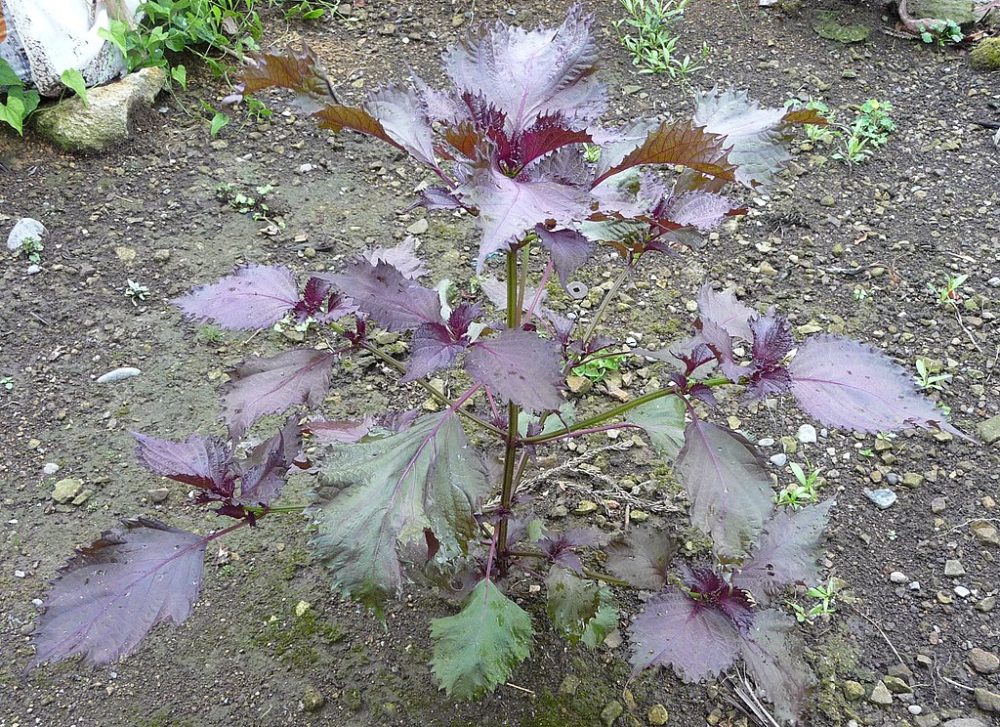

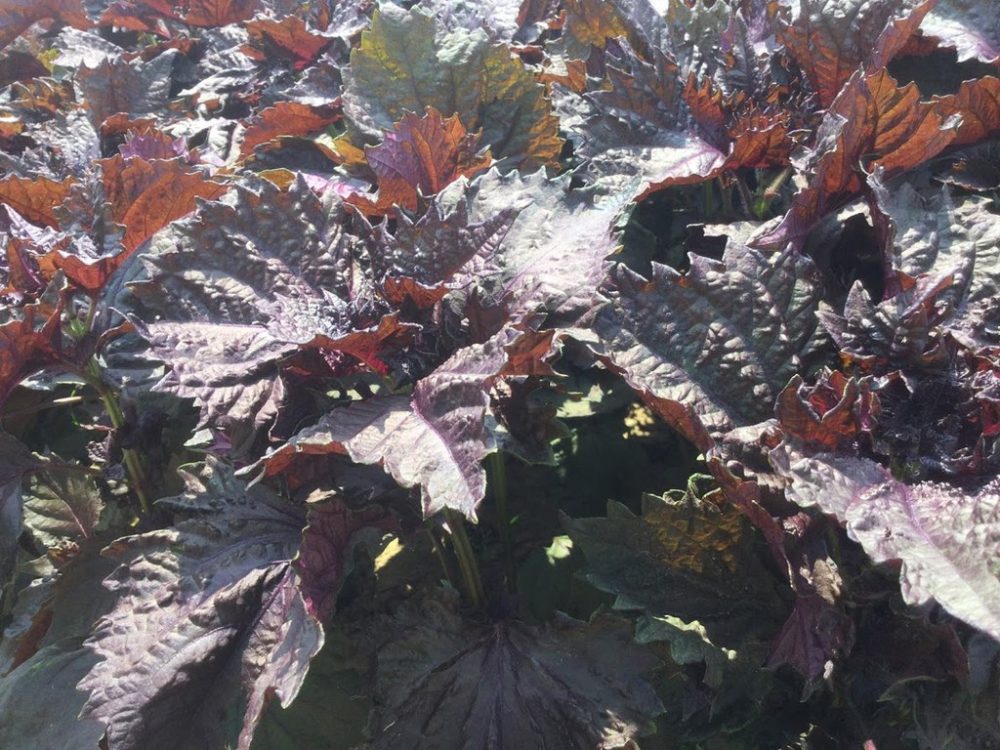
Is There a Difference Between Shiso and Perilla?
The shiso plant belongs to the mint family and is a variety of Perilla frutescens, commonly referred to as perilla. The botanical name of this plant is Perilla frutescens var. crispa and is considered different from the Korean perilla leaves. They look similar but taste different.
The term perilla describes several different species of plants in the mint family. In contrast to the broad, rounded perilla leaves that the Koreans prefer, the Japanese use the smaller and more delicate shiso leaves. Its flavor, herbaceous and sweet with hints of aniseed or licorice, is a pleasant herb.
The main difference between shiso and perilla is that shiso is one of the many varieties of herbs related to basil and mint, and it is used in Japanese cooking, while perilla is the shiso plant.
It should be noted that green shiso differs slightly from purple shiso, but the two can be used interchangeably.
Can You Eat Purple Perilla?
Yes, purple perilla, also known as purple shiso, red shiso or akajiso, is edible. The leaves of purple perilla are commonly used in Asian cuisines, either fresh or dried.
Here are some ways in which purple perilla is used in cooking:
- Garnish: The attractive purple leaves of perilla are often used as a garnish for salads, sushi, and other dishes. They add a pop of color and a unique flavor to the presentation.
- Wraps: In Japanese cuisine, the leaves of purple perilla are used as wraps for sushi or sashimi. They provide a flavorful and aromatic element to the dish.
- Flavoring: The leaves have a distinctive flavor that is a combination of mint, basil, and hints of anise. This unique taste makes them a sought-after herb in various recipes.
- Tempura: Perilla leaves can be coated in tempura batter and deep-fried.
- Kimchi: In Korean cuisine, perilla leaves are sometimes used in making kimchi.
- Teas: Infusions or teas made from purple perilla leaves are consumed in some cultures for their flavor and potential health benefits.
Other interesting herbs you can use in a similar manner include:
What Does Purple Perilla Taste Like?
Purple perilla has a unique flavor that can be simplified as a combination of:
- Minty:
- Carries a refreshing, mint-like taste.
- Basil-Like:
- Has some basil-like qualities.
- Anise-Like:
- Offers hints of anise or licorice-like notes.
- Earthy:
- Has an underlying earthy undertone.
How to Cook With Purple Perilla?
In addition to serving as a divider or an edible garnish, shiso leaves are also commonly used as an ingredient in sushi. If you wrap a whole leaf around a piece of sashimi and dip it in soy sauce, you can enjoy the herb with fatty fish, such as salmon, yellowtail, and tuna.
Traditionally, purple perilla leaves are used to wrap maki, a popular Japanese snack made by wrapping the leaves around sweetened miso paste, eggplants, and roasted crushed walnuts, then skewering and frying until crispy.
Purple perilla is also an excellent complement to vegetables and fruits. Julienned shiso leaves are often added to salads for a fresh, citrusy flavor.
Shiso leaves can be made into tempura by dipping them in a light batter and frying them until crispy and puffy. Vietnamese summer rolls often contain this ingredient.
It is also used in desserts and drinks, such as granita, mojito cocktails, and simple syrup. Like dried nori, it can be dried, ground, and used as a seasoning or sprinkled on rice, omelets, and soups.
Use perilla leaves as a substitute for mint in any dish that calls for it, especially in Asian cuisine.
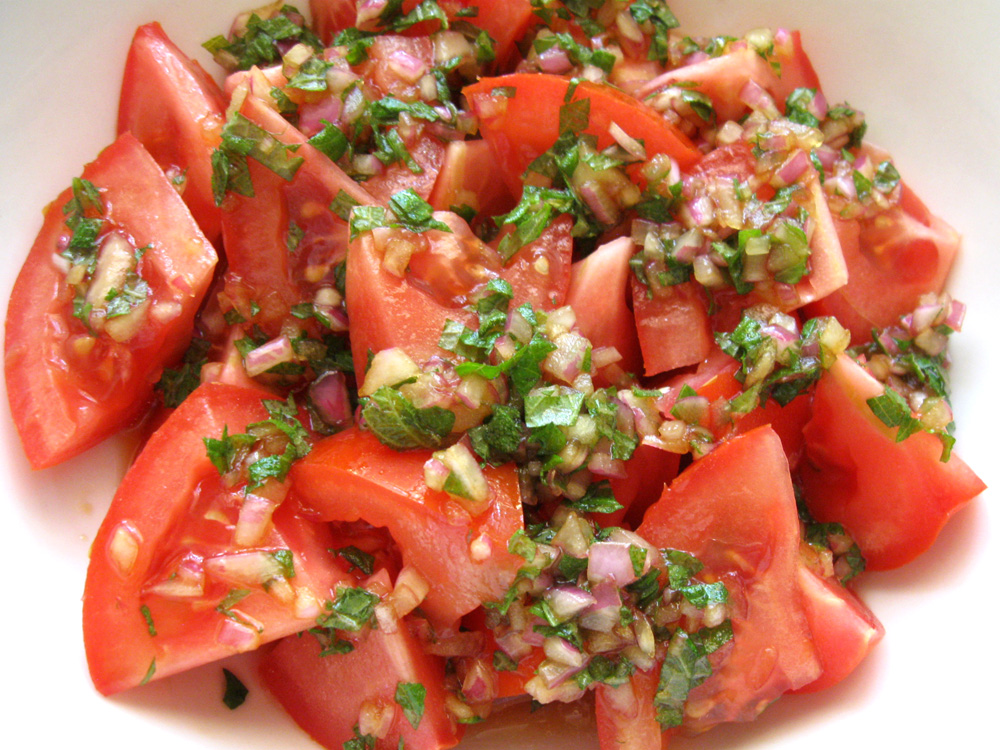
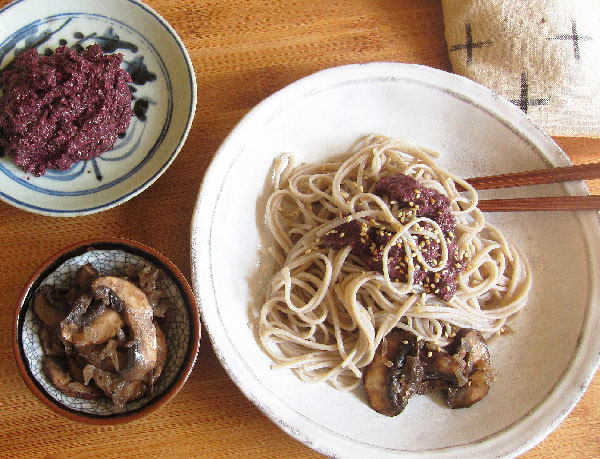
Purple Perilla: Medicinal Uses
Perilla seeds and essential oils have been widely used in traditional nutritional and medicinal preparations. Purple perilla essential oils has the following benefits:
Anti-Inflammatory Properties: Rosmarinic acid, found in purple perilla, is known for its anti-inflammatory properties. It may help reduce inflammation in the body.
Antioxidant Activity: The presence of antioxidants in purple perilla, such as rosmarinic acid and flavonoids, may help combat oxidative stress and protect cells from damage caused by free radicals.
Allergy Relief: Some traditional practices involve using perilla extracts to alleviate symptoms of allergies, such as nasal congestion and sneezing. The anti-allergic properties may be attributed to rosmarinic acid.
Asthma Management: The anti-inflammatory and bronchodilator effects of purple perilla have led to its use in traditional medicine for managing asthma symptoms.
Gastrointestinal Support: Purple perilla has been used to support digestive health. It may have mild antimicrobial properties and can be consumed to aid in digestion.
Respiratory Support: Traditional medicine suggests that purple perilla may be beneficial for respiratory conditions. It is sometimes used to ease coughs and promote overall respiratory health.
Stress and Anxiety: Some herbal traditions use perilla to help manage stress and anxiety, possibly due to its calming effects.
Skin Conditions: Topical applications of perilla oil, derived from the seeds, are believed to have potential benefits for certain skin conditions, including eczema and dermatitis.
Perilla and Weight Loss
When it comes to diet and weight management, the perilla plant has several properties that can help you lose weight while maintaining a healthy body. As a result of its high level of omega-3 fatty acids, Vitamin C, and important phytonutrients, it is an excellent weight loss aid.
Nutrients present in perilla that help with weight loss:
- Luteolin
- Alpha-linolenic acid
- Epigallocatechin gallate
- Dietary fiber
- Low carbohydrate content
- High omega-3 content
- High omega-6 content
- Vitamin C
Can You Grow Purple Perilla at Home?
Perilla would be an excellent addition to a medicinal or culinary herb garden. It is an annual plant that thrives in all planting zones.
If planted outdoors after all danger of frost has passed, it will grow in full sun to partial sun. For this herb to flourish, it requires well-draining soil and warm temperatures.
Providing these elements to purple perilla will ensure its success.
Ana has always been interested in all things nature and flora. With her expertise in home gardening and interest in foraging, she has been spending her weekends and free time looking for edible native plants, flowers, and fungi. One of her many hobbies includes testing new savory and sweet recipes, juices or teas made from freshly picked plants, wild fruits, or mushrooms.

